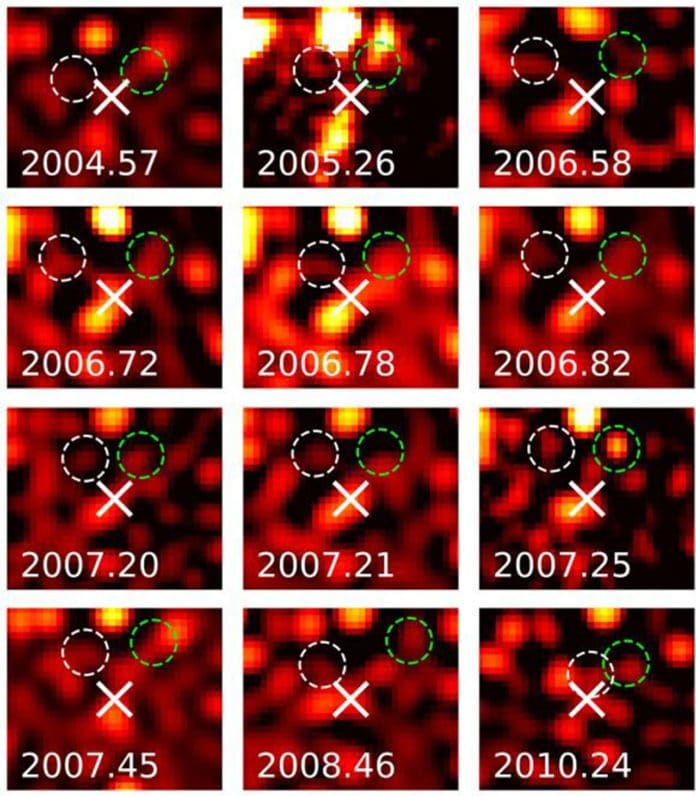There is a black hole situated near the center of the Milky Way galaxy (Sagittarius A*). According to scientists, some stars circle very close to it. Such stars are known as squeezers.
Squeezers believed to orbit so close to the black hole that they are accelerated to incredible speeds during their orbits.
In a new study, scientists study a group of stars that exist close to the black hole, each starting with the letter “S” to indicate their closeness to Sagittarius A*.
In a previous study, scientists observed that a star called S2 is the closest to Sagittarius A*. It was measured to be traveling at approximately 3% of the speed of light.
Last year, scientists observed another star orbiting more closely to the black hole and therefore traveled even faster, at approximately 6.7% the light speed.
Since then, scientists are continually studying the fast-moving stars and have found five more that appear to travel even faster: S4714, S4711, S4713, and S4715.
Of these, two stand out from the others—S4714 and S4711. S4711 is a blue star with an orbit shorter than S2, suggesting it might be the closest of all the stars to the black hole. And S4714 has proven to be the speediest of them all.
The star S4714 has a longer orbit, but its orbit is elliptical, which means it is elongated, giving it time, perhaps, to pick up more speed as it moves closer to the black hole—up to 24,000 kilometers per second or approximately 8% of the speed of light.
Journal Reference:
- Florian Peißker et al. S62 and S4711: Indications of a Population of Faint Fast-moving Stars inside the S2 Orbit—S4711 on a 7.6 yr Orbit around Sgr A*, The Astrophysical Journal (2020). DOI: 10.3847/1538-4357/ab9c1c
